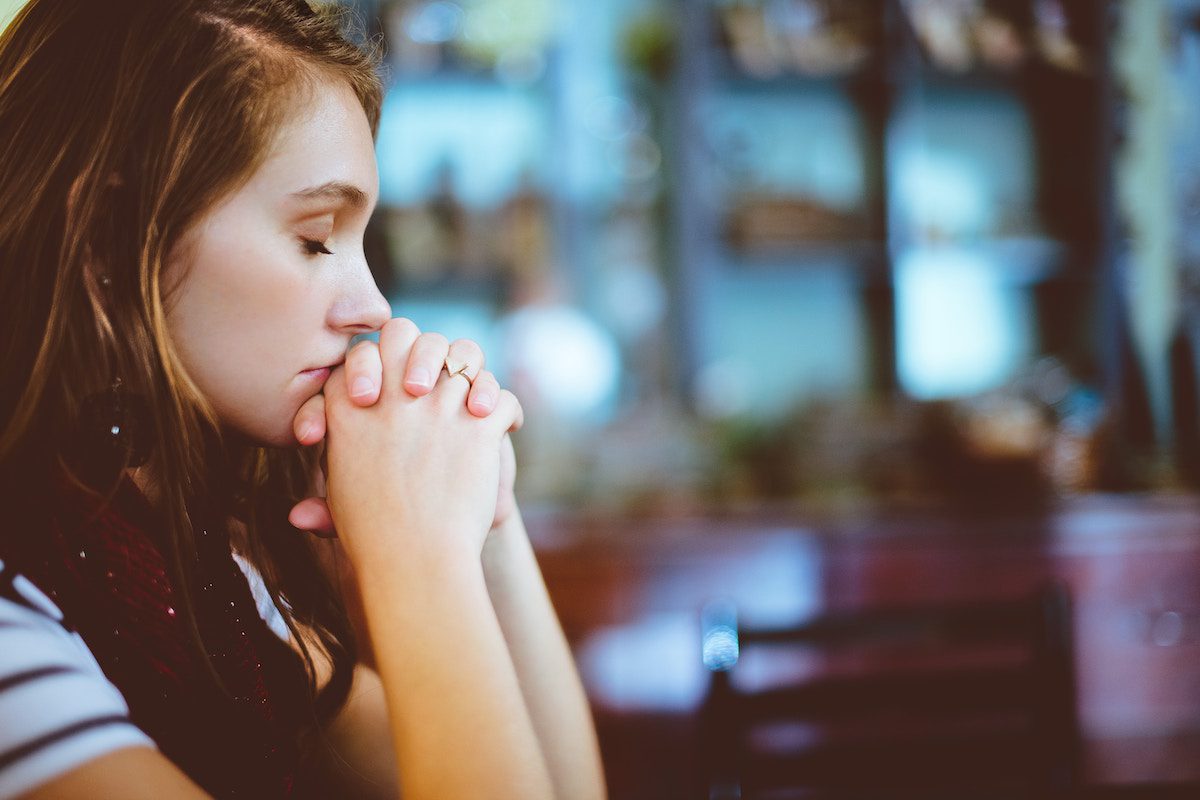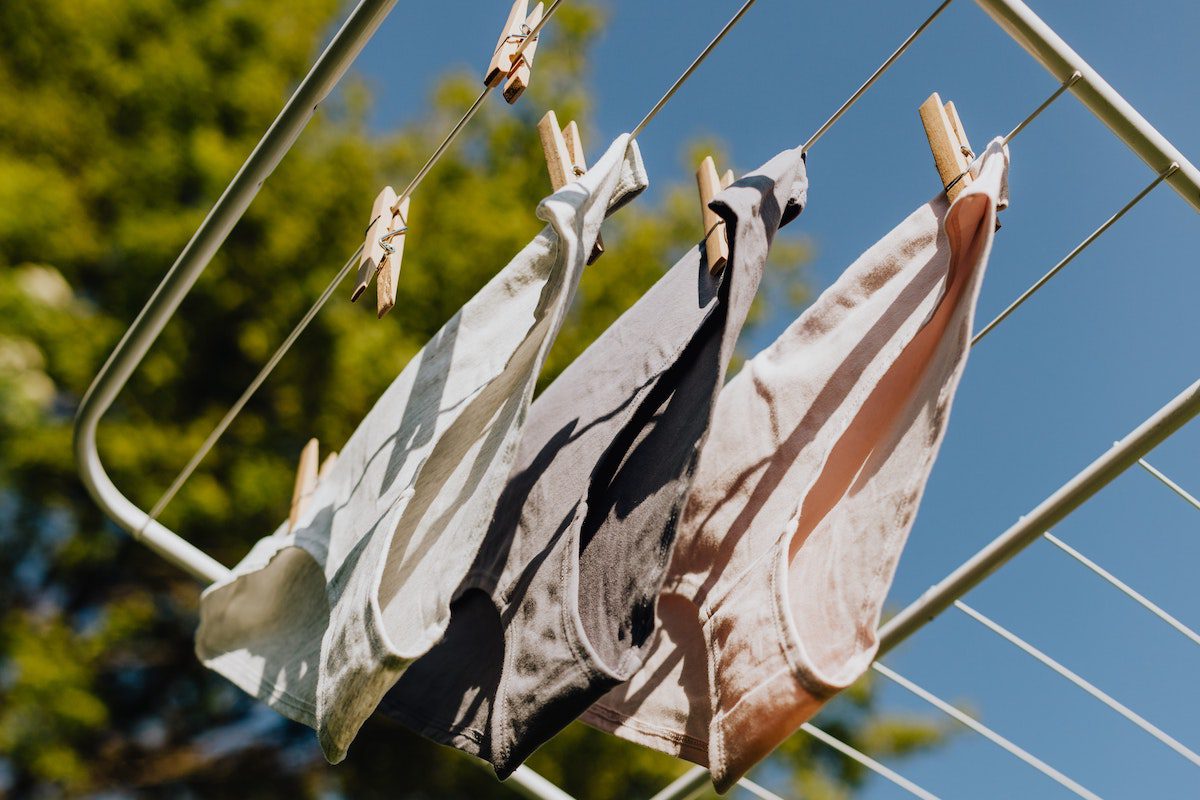You Need to Read This Before Trying to Get Pregnant
In the history of time, no one has ever tried to sugarcoat it: Having a baby isn’t easy. There’s the pregnancy, certainly no walk in the park with the morning sickness, exhaustion, infusion of hormones and wildly changing body, the labor, which, no need to get into the scariness that is that process.
And then there’s the actual raising of the child. Most new parents, light on the experience of bringing up tiny humans, are forced to fumble along on little sleep and figure out not only how to keep a seemingly breakable infant alive, but also what to do to help them thrive.
But for many couples, the tough stuff actually begins long before the middle-of-the-night feedings stage. According to the Centers for Disease Control and Prevention, some 10 percent of women of childbearing age—that’s roughly 6.1 million people between the ages of 15 and 44—are affected by infertility. And the rub of it is you don’t really know if you could be one of them until you’re desperately trying to get pregnant. While you can absolutely check to see if you are ovulating, notes Mary Jane Minkin, M.D., clinical professor of obstetrics and gynecology at Yale University School of Medicine, “that’s not going to give you a significant answer for what you may be doing several years later.” The only real test of your fertility status, she says, “is getting pregnant.”
However, being a little more aware of your ovulation window—as in the few days or so during your cycle you’re most likely to conceive—can absolutely help get you there. Your average menstrual cycle lasts between 28 and 35 days with day 1 being the first day of your period—so a pretty memorable one. And generally you ovulate between days 11 and 21 of your cycle. Your ovulation window is a somewhat generous five days or so considering, as Minkin puts it “sperm will stay around and able to fertilize an egg for up to about two days and the egg once released will stay ‘fertilizable’ for about two days.” So, in other words, your best chance at striking it lucky and getting pregnant is the one to two days before you ovulate and maybe the day after.
The trick then becomes, of course, determining where your ovulation falls in that day 11 to 21 range. There are some signs you can look for, notes the pro, the first being a regular check of your basal body temperature. Using a basal thermometer first thing in the morning (as in before you even get out of bed) will give you the best reading, which is important because what you’re looking for is the slightest of changes. “Right before ovulation, your temperature will go down about half a degree Fahrenheit,” says Minkin, “and then go up and stay up right after ovulation, about a half a degree above your basal temperature.”
Another test is by paying attention to your cervical mucus, which is admittedly a little icky, but considering you’re signing up for years of cleaning up someone else’s fluids, we’re guessing you can handle it. When you’re ovulating, says the physician, it will seem a little “stretchy” and have “an egg white appearance.”
And while you can absolutely try both, getting really in tune with your own body, the most foolproof method is to spring for an ovulation predictor kit. (Minkin likes the one from First Response.) These work by assessing when your body receives a surge of the Luteinizing hormone that indicates an egg is about to be released and says, Minkin, are “quite accurate and easy to use.”
Staying on top of when you ovulate becomes more important the older you get because, unfortunately, as has been drilled into women’s heads, we don’t tend to ovulate as well as we age. Issues range from having fewer eggs, to less healthy ones to actually ovulating less frequently than you did before. But it’s not as if you have to pack it in once you reach your 35th year. Explains the doctor, “We tend to ovulate reasonably well until about age 35; from 35 to 40 there’s somewhat of a decline and from 40 on we do tend to ovulate less well.”
That being said, she notes, there’s plenty you can do to increase your fertility at any age. For starters, she says, don’t smoke. Along with a wealth of other drawbacks, “smoking accelerates ovarian aging and smokers do tend to go through menopause one to two years earlier than non-smokers, meaning fertility declines one to two years faster.” It’s also key to maintain a weight as close to your body’s ideal as possibly because being significantly overweight or underweight can cause ovulation issues.
Finally, she recommends to start swallowing a daily vitamin packed with folic acid when you’re ready to start trying. While it won’t improve your chances of becoming with child, “babies conceived while their moms are taking folic acid have a significant reduction in the chance of having a neural tube defect and other birth defects,” says Minkin.
Which, great, one less thing to worry about. Because did we mention, this whole having babies process? It’s kinda hard.












